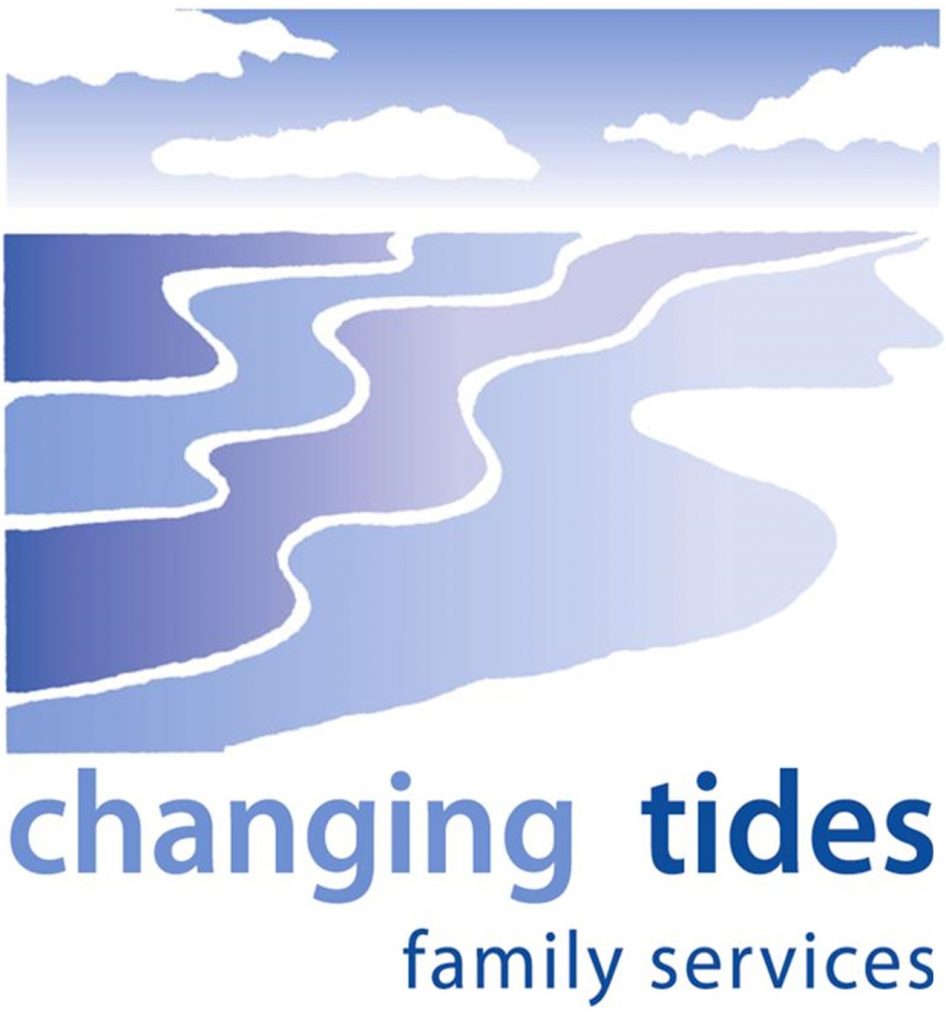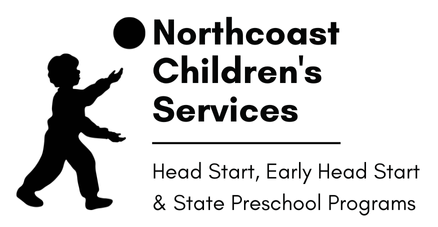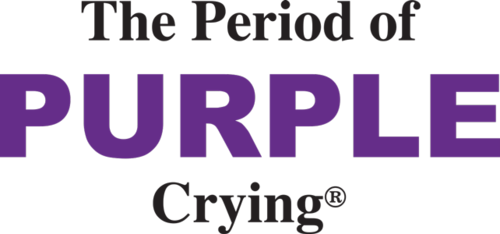Outside the family, no one has more contact with young children than childcare providers. Your relationships with children and families are unique – especially when you care for children over a significant period of time.
You model behaviors for children and families that they may adopt at home, from demonstrating empathy to showing how to provide physical care to setting boundaries.
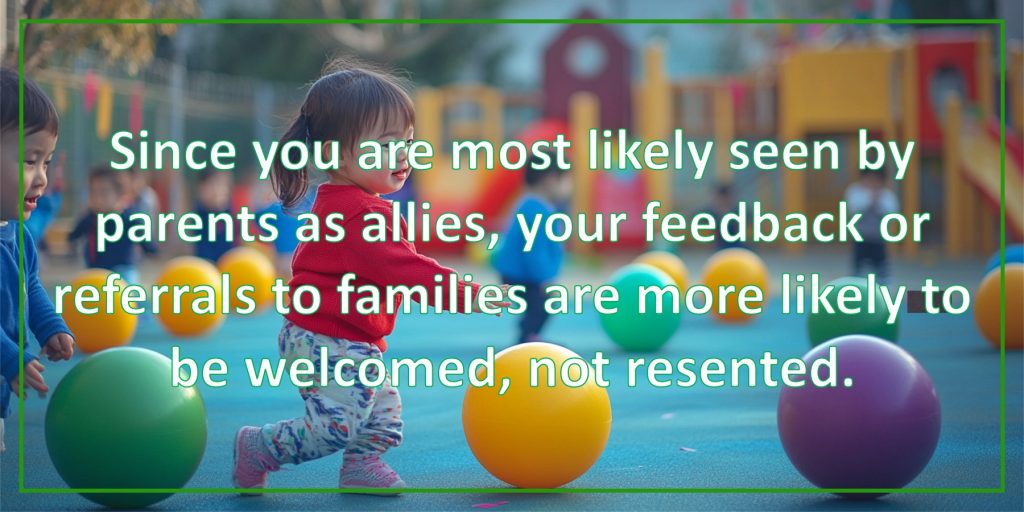
Share information about child development when you see or suspect that parents have unrealistic expectations of their children’s behavior.
The American Academy of Pediatrics’ HealthyChildren.org has information on kids of every age.
Acknowledge your role can be tricky.
You’re often the first to notice neglect or abuse, placing you in incredibly difficult situations as you decide whether what you see is placing a child in enough threat of harm to report the family to child protective services – a move that can result in ending your relationship with the family. This Child Protection Reporting Guide gives you more information on making a report and local resources to refer families to when a report is not warranted.
Since many cases are not investigated and neglect is even more common than physical abuse, your efforts to connect families with resources can go a long way. Parents can benefit greatly from your referrals to agencies that can address the area of concern. At the end of the Child Protection Reporting Guide, on the right hand side bar, are to resource directories: the Humboldt Community Resource List and the North Coast Resource Hub.
Be a resource to families.
Have a good working knowledge of local resources so you can be a source of information for families. Help connect parents with specific needs to the appropriate organization. If possible, make a “warm referral” – offer to contact the group yourself to make reaching out less intimidating.
Connect families with an appropriate Community Pathway Sites, where resources can be accessed. Yes, this is time consuming – but can often yield incredibly positive results for families.
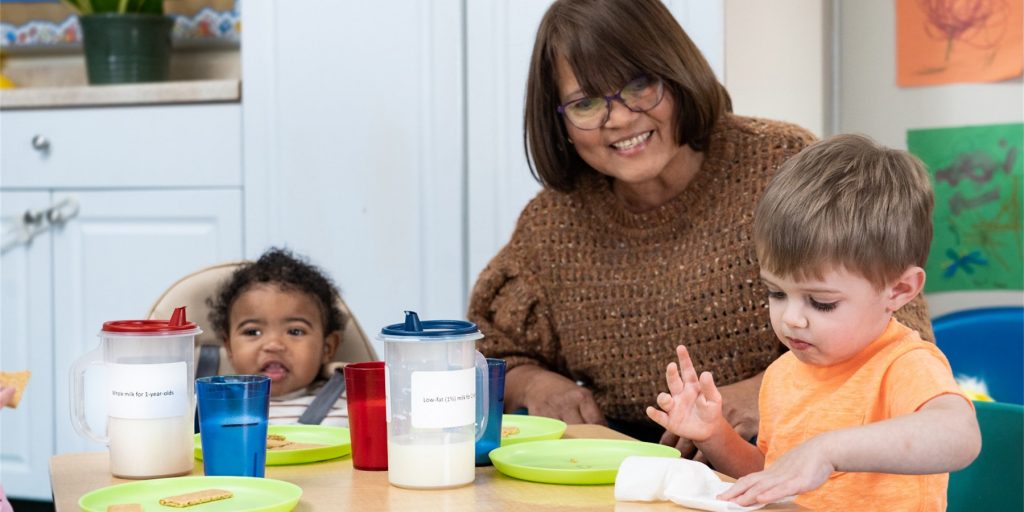
Normalize infant crying.
Watch and share with parents The Period of PURPLE Crying, which explains crying as a stage of the infant development process and reduces the frustration that can lead to “shaken baby syndrome.”
Watch this TEDx video from Dr. Anne Fernald, Stanford University on why talking to little kids matters.
Attend trainings – and share what you learn. Changing Tides Family Services provides training opportunities that include trauma informed care, basic child development, working with children with disabilities, and supporting families in crisis.
Engage with families.
Learn from about how to create positive professional relationships with the families you work with, especially children who are dual-language learners. Head Start also offers resources on culturally appropriate supports for families.
Share Family First on Facebook and spread the word that there are ways to get involved.
